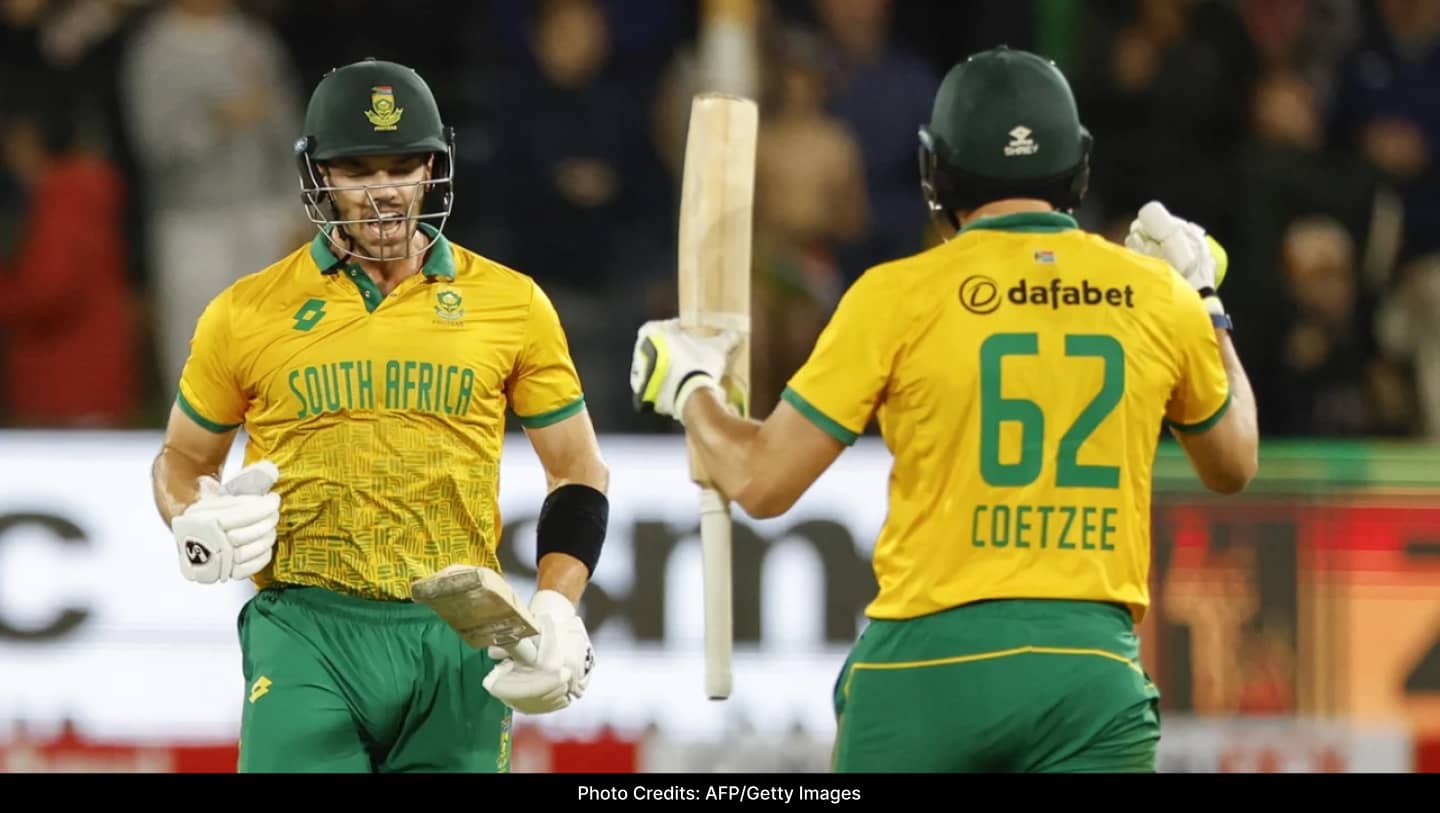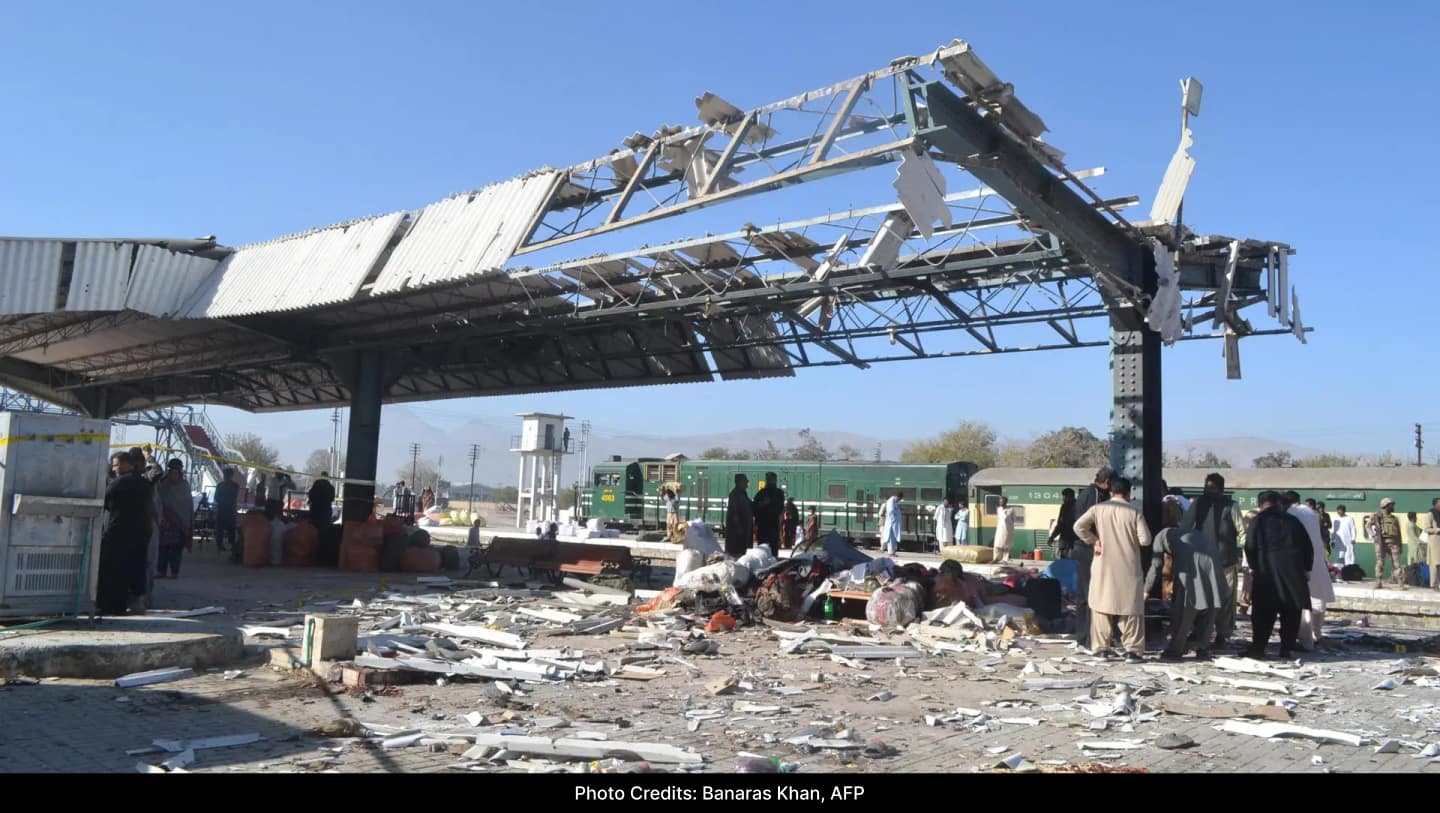The peace pact between the United Liberation Front of Asom (ULFA) faction and the central government on Friday, December 29, made it a red day in the history of the Assam insurgency.
The peace agreement was signed in the presence of Union Home Minister Amit Shah and Assam Chief Minister Himanta Biswa Sarma.
“Assam has suffered from ULFA violence for a long time and since 1979, 10,000 people have lost their lives in this violence,” Union Home Minister Amit Shah said.
Under the peace accord, the pro-talks faction of the ULFA will shun violence, disband the organization and join the democratic process. Assam’s oldest insurgent group continued to be a headache for the central government for decades. It took nearly 12 years of rigorous negotiations between the central government and the ULFA faction led by Arabinda Rajkhowa before the pact was sealed on Friday. The pact is also expected to end the decades-long insurgency in Assam.
Origin of ULFA
The organization was founded on 7 April 1979 in Sivasagar, Assam. The main motive of the founding members was the establishment of a “sovereign Assam” for the original inhabitants of the state. Soon, ULFA leaders like Paresh Baruah, Arabinda Rajkhowa and Anup Chetia became supreme powers in the state when the group began arming operations in the late 1980s. During the initial years, ULFA projected itself as a group to help the needy people. It later started an armed struggle against the Indian government.
Various factions of the ULFA
Despite the peace pact, Assam is expected to continue to face insurgency as the hardline ULFA faction led by Paresh Baruah continues to rebel against the Indian government and is not part of the peace deal.
The central government started talks with the Rajkhowa-led faction of the ULFA in 2011. The major move came after the ULFA signed a suspension of operations (SoO) agreement with the central and state governments.
ULFA: Expanded Government in Assam
When the insurgent group was at its peak in the 1990s, the ULFA saw itself as an extension of the government itself. Veteran journalist Anil Yadav, in his memoirs titled ‘Is That Even a Country Sir’, explained Assam’s situation: “It is said that in 1990, when the ULFA was at its peak, it was seen as an extension of the government. alone. Without the express wish of the ULFA, not a single leaf can tremble in any village in Assam.”
International pressure on India to take action against ULFA
In June 1990, the ULFA wrote a letter to representatives of major tea companies such as Tata Tea, McLeod Russel, Unilever and Macneill Magor and convened them in Dibrugarh to discuss ways to ensure Assam’s economic development, according to Anil Yadav’s memoir. . After meeting the top officials of these companies, the ULFA leaders demanded millions of crowns from these companies.




